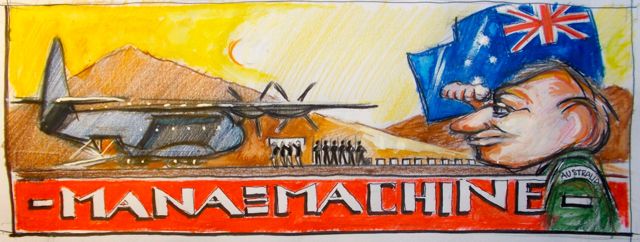by Tarquin O’Flaherty
As mentioned elsewhere, the Industrial Revolution was built on canals and turnips. The turnip allowed the breeding of the best animals by keeping them well fed and healthy over Winter. Canals allowed huge quantities of materials (coal, rock, gravel and sand etc) to be moved easily to where the great industrial cities (Manchester, Birmingham, etc) were rising.
But the greatest contributor to the advance of the Industrial Revolution was undoubtedly the railway.
To the best of our knowledge, railed ways of some type or another have been in use for a very long time. Wheeled, horse-drawn wagons on wooden rails were used to haul timber from dense forests, or to drag materials out of the bowels of the earth. A wheeled and loaded vehicle, once inertia was overcome, could carry a considerable load for long distances providing the horses were not allowed to stop. Once inertia was re-established then it would take a huge amount of heaving and pulling to get the load moving again.
The first passenger carrying train in Britain, established in 1822, was the Stockton and Darlington Railway in the Northeast of England. It was, of course, a glorified, open air coalmine tramroad, and was hauled by horses. This first railway ran for twenty five miles up hill and down dale. Ten or more of these miles were downhill where the train needed no pulling at all, and the horse was required only to trot alongside on a tether. This was so hard on the animals that very quickly a wagon for the horse was established and towed along behind. The story goes that when the slow descent began, the horse would be detached, where it would promptly gallop along behind and leap into its carriage, where food and water awaited.
Here is a quote from the Liverpool Echo of the time;
He gallops up, and jumps into it at full speed, and can be got out and attached again without stopping….should the …recent…explosions lead to the abandonment of the locomotive engine…. The saving to the Stockton and Darlington Railway cannot be estimated at less than a thousand a year.
The ‘locomotive engine’ of the time could not pull its way out of a paper bag. It could haul a few carriages along providing the ground was relatively flat, but the moment an incline was encountered the almost entire lack of friction between the wheels and the rails meant that the whole kit and caboodle came to a halt.
By 1835, Isambard Kingdom Brunel,(what a glorious name!) because of this power problem, built the Great Western Railway from London to Bristol with a mean gradient of 1 in 1380. This massive undertaking was known as ‘Brunel’s billiard table’. To maintain this gradient it became necessary to drive tunnels through mountains and span valleys with viaducts. Deep swamps were dealt with by sinking vast rafts of oak into the mud to create a firm base, and literally ‘floating’ the railway on piles resting on the oak rafts. Incredible earth embankments were built to carry the line over more shallow ground, and endless bridges were built over both roads and rivers. Not one bit of this stupendous work was performed by the sorts of machinery we have available today. Almost the entire network, throughout the British Isles, was built by hand, using picks, shovels and gunpowder. By the late nineteenth century this astonishing transformation was virtually complete. The system revolutionised transport, made tourism and holidays available to the working class and, by establishing new towns all along the railway’s length, created both suburban life and the habit of the commuter.
The system also made the fortunes and reputations of a number of individuals. Brunel, of course, who went on to build the first paddle driven ship to cross the Atlantic, the SS Great Eastern, and the first ever, all steel, propellor driven, ocean going ship, The SS Great Britain.
. . . To Be Continued


Pingback: Man as Machine – Trains Pt 2. | pcbycp